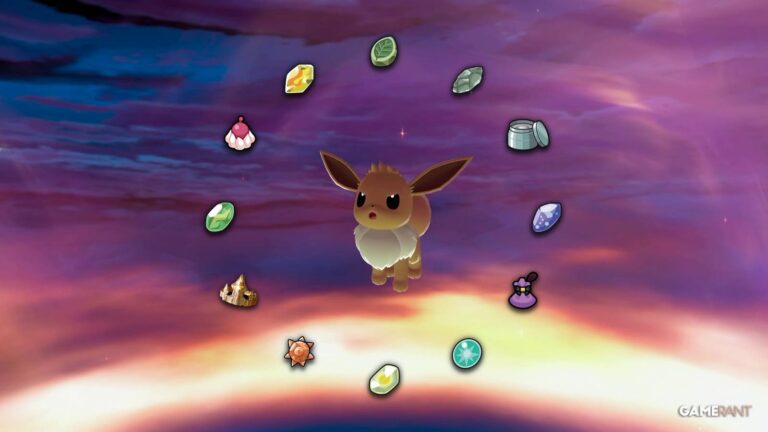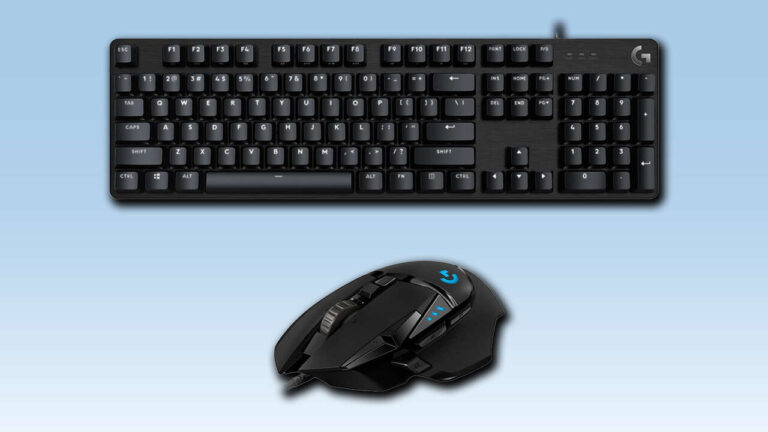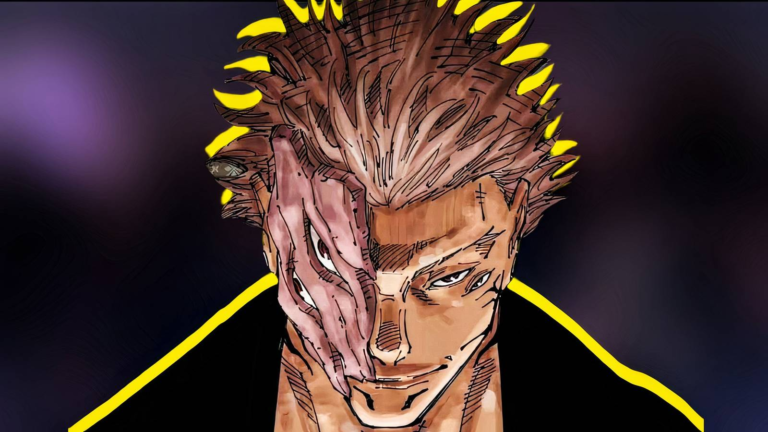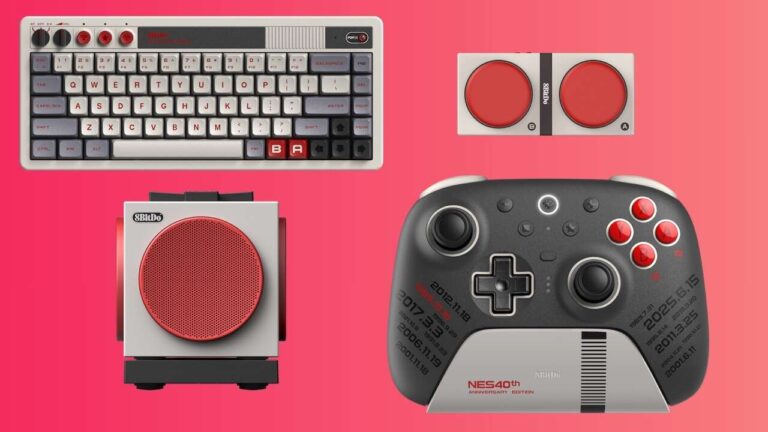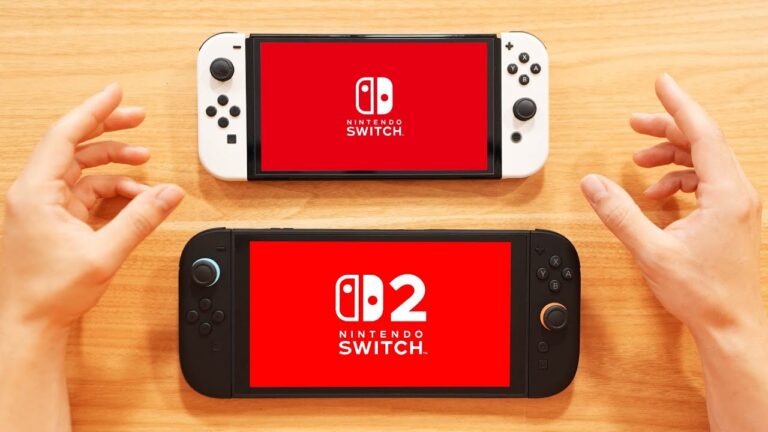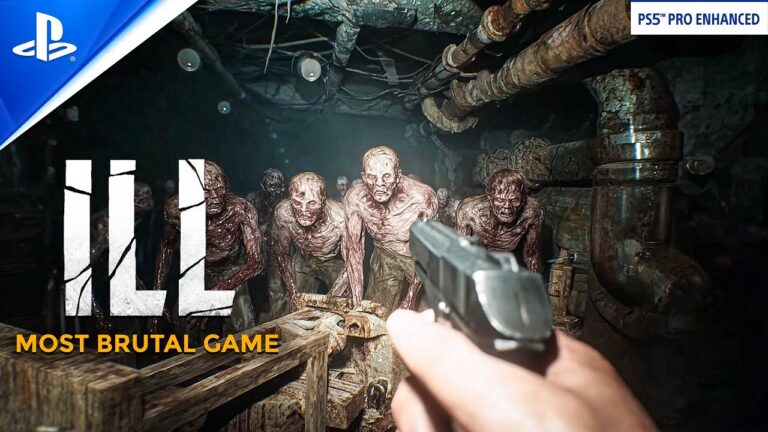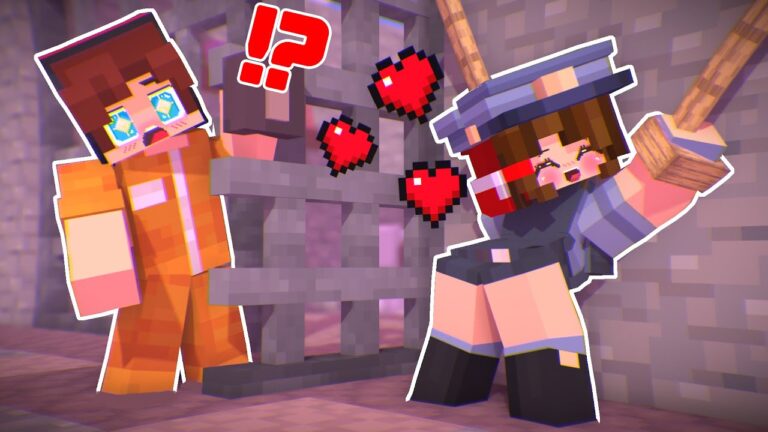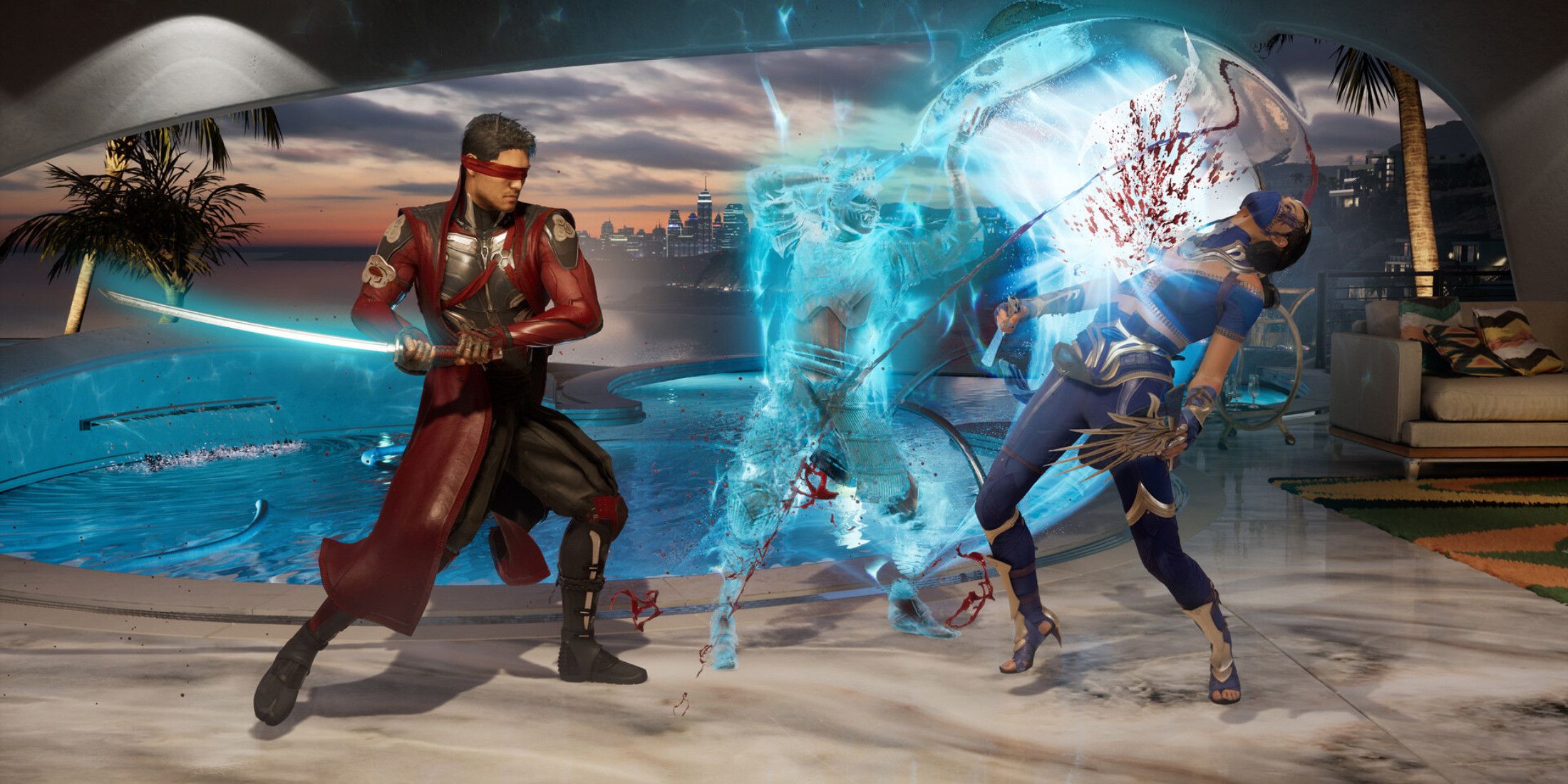
Mortal Kombat 1, despite promises of longer legs, is now content-complete. Like the last several Mortal Kombat games, Mortal Kombat 1 has been expanded upon with new guest fighters and a major story DLC, but it would appear that those days are over, having been far more short-lived than many expected.
This has come as a disappointment to Mortal Kombat fans, especially those who already felt burned by the game because of its controversial Kameo feature or historically bad Nintendo Switch port. Beyond these hiccups, Mortal Kombat 1 is a fascinating example of how even a great multiplayer game can struggle in today’s gaming market: franchises, especially competitive ones, are expected to be supported almost indefinitely post-launch—far longer than just a year or two. For better or worse, this model has allowed several series to remain profitable and relevant without actually releasing a brand-new entry, but it requires a radically different approach to development. NetherRealm has ostensibly been trying to capture this live-service longevity, but it’s been awkwardly positioned between the old and the new ways for some time, and the next release ought to change that.
Believe It Or Not, Mortal Kombat Could Probably Learn from Live-Service Hero Shooters Like Marvel Rivals
Marvel Rivals’ Seasonal Content Model Is Wildly Ambitious
Marvel Rivals is still a rather new game, but it’s done more than enough to prove its worth in the modern gaming landscape. Whereas many other competitive shooters with bigger industry footholds have struggled to make a name for themselves in the free-to-play GaaS space, Marvel Rivals has managed to prove its worth to its target audience, leaving players convinced of its value.
Much of this can be attributed to how Marvel Rivals introduces new playable characters, and seasonal content in general. There have only been two seasons so far, but NetEase has been clear about its intentions moving forward: seasons will continue to be two months long, and each month will see the arrival of a new playable character. As has already been observed, the addition of a new Marvel Rivals character serves as something of an event, drawing players back into the fold at regular intervals thanks to the promise of major new gameplay opportunities. This seems like a smart move by NetEase, and perhaps NetherRealm ought to take some notes.
Multiple New Characters for Each Mortal Kombat Season Would Be Hard, but Worthwhile
Naturally, there’s a world of difference between the gameplay models of Marvel Rivals and Mortal Kombat, and the IPs’ content delivery strategies must be designed accordingly. However, it’s safe to say that Mortal Kombat is linked to the hero shooter genre through one obvious feature: a roster of distinct playable characters that can make or break the broader experience. With this in mind, why wouldn’t Mortal Kombat want to provide a steady stream of new characters, thereby ensuring steady player recidivism, and eventually greater profits?
There’s certainly plenty of opportunity for it. Mortal Kombat is a long and storied franchise with a number of iconic characters—this is one of the many reasons why fans largely rejected the Kameo mechanic. NetherRealm could dig deep into the series’ history, potentially even its crossovers with brands like DC, for new arrivals with each in-game season. The franchise has doubled down on pop culture characters, with Mortal Kombat 1 introducing the likes of Homelander and Ghostface via post-launch DLC, so perhaps future entries could go even further in this regard. Of course, the shift to a seasonal model ala Marvel Rivals would introduce new challenges, especially around monetization, but it could be a risk worth taking for a franchise as significant and oft-emulated as Mortal Kombat.
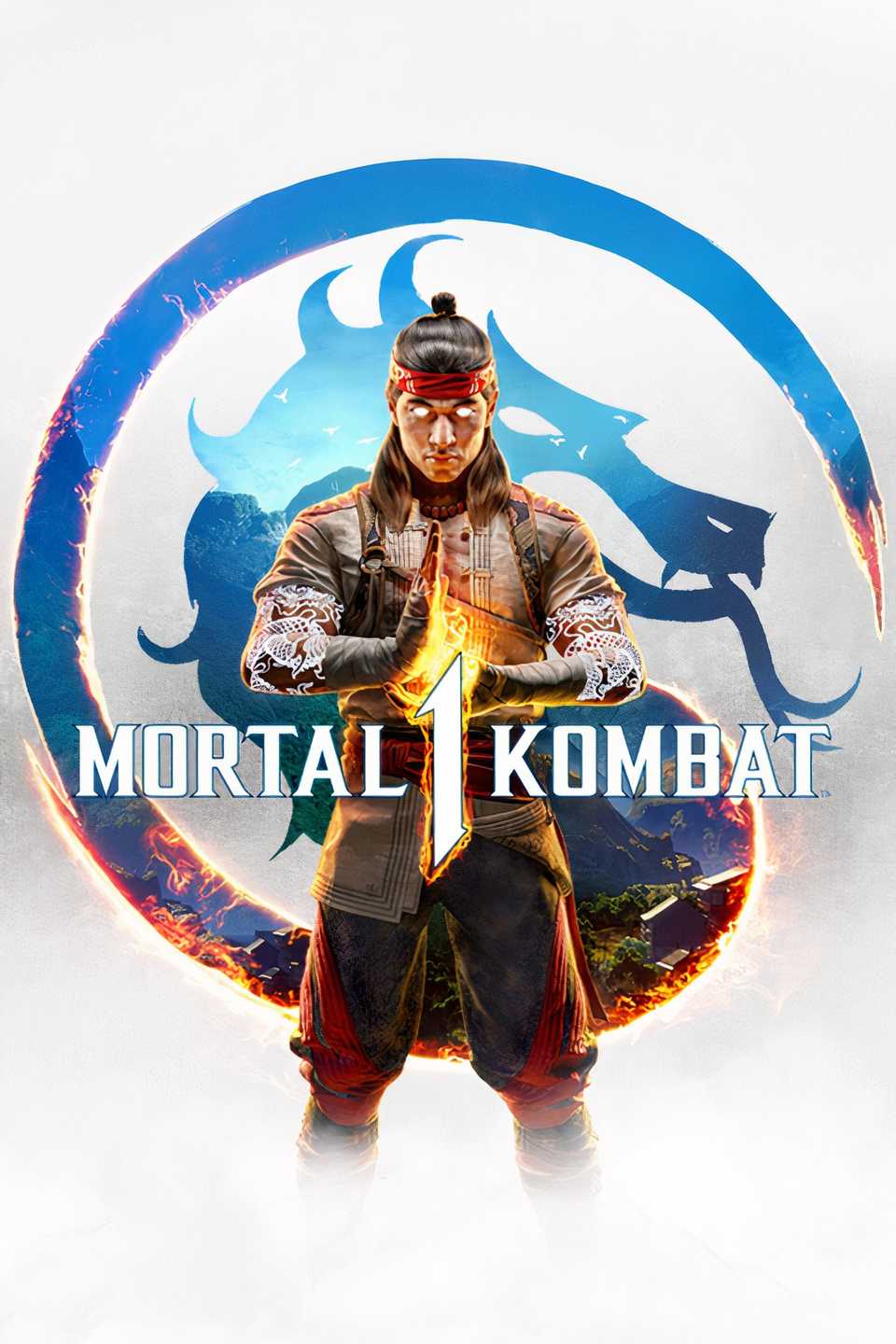
Mortal Kombat 1
- Released
-
September 19, 2023
- ESRB
-
M For Mature 17+ Due To Blood and Gore, Intense Violence, Strong Language
- Publisher(s)
-
Warner Brothers Games
- Engine
-
Unreal Engine 4



